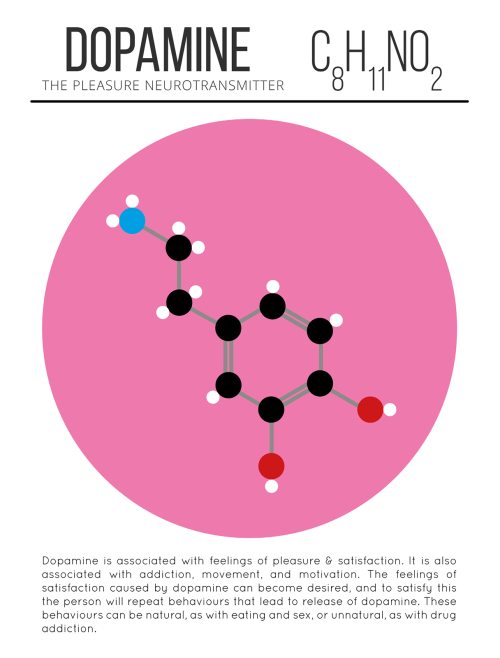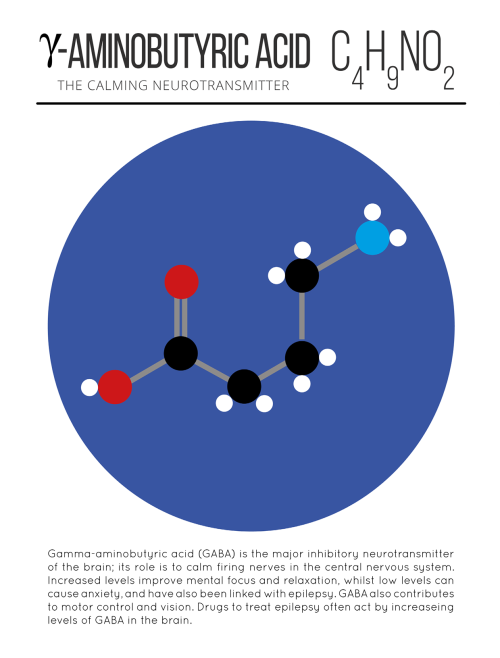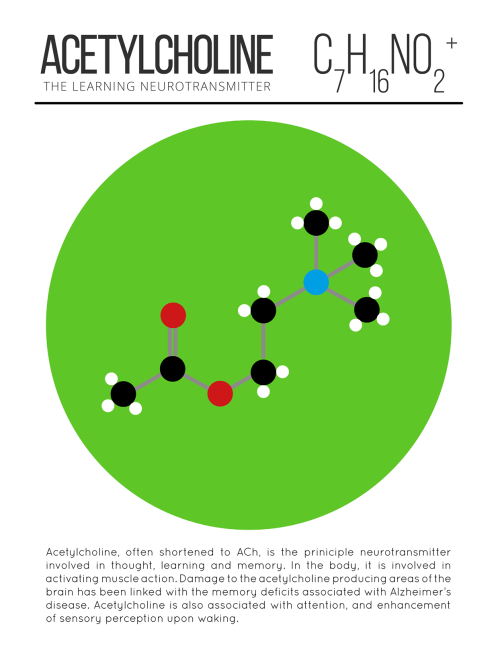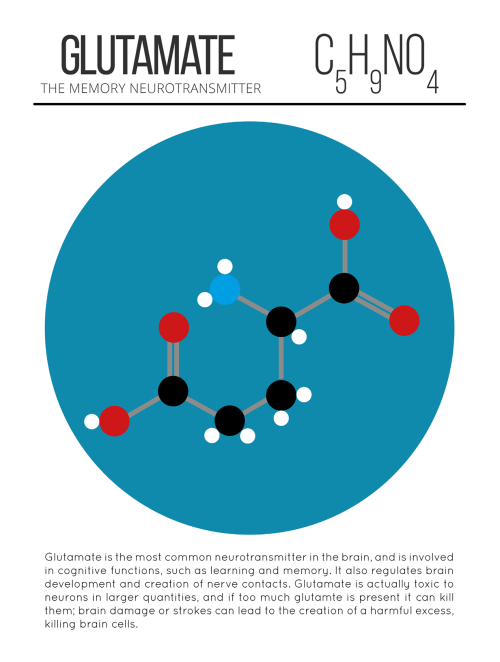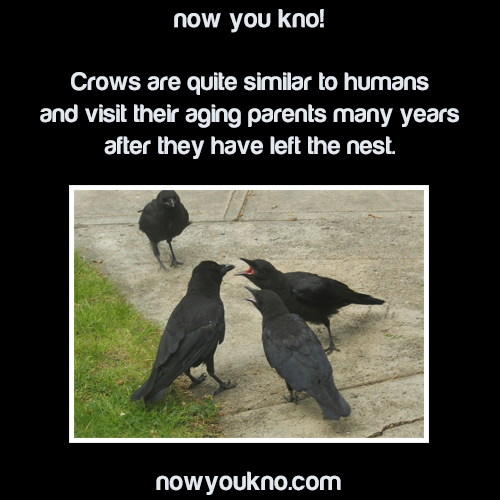Antarctic Sponges Live On A Time Scale We Can Barely Comprehend.
Antarctic sponges live on a time scale we can barely comprehend.
More Posts from Science-is-magical and Others
Wait, people are mad that it's blurry? Isn't that black hole in another galaxy????
It’s literally like 55 million light years away
Listening To Music Releases Dopamine In The Brain
Have you ever been listening to a piece of music and experienced intense pleasure, even chills? Valorie Salimpoor and team (2010) conducted research that shows that listening to music can release the neurotransmitter dopamine.
A wide range of music — The researchers used PET (positron emission tomography) scans, fMRI, and psychophysiological measures such as heart rate to measure reactions while people listened to music. The participants provided music that they said gave them intense pleasure and chills. The range of music varied, from classical, folk, jazz, elecronica, rock pop, tango, and more.
Keep reading

In 1898 Nikola Tesla once tricked an entire crowd into believing they could control a toy boat by shouting commands - he had in fact invented Radio Control and was piloting the boat himself.
Uhmm, how exactly were all of those megafauna able to grow that large and function??? And how the fuck was that giant bird actually able to fly????????
Realistic answer? Mostly because humans hadn’t come around and hunted them all to extinction yet. Dinosaurs are exempt from this because they vastly predated us, but almost anything that coincided with our timeline, we killed.
We are, for our relatively small size and frail, sometimes clumsy physical characteristics, a TERRIFYING species.
Evolution has produced all kinds of Big Shit. Ever seen a Paraceratherium?


Or a size chart for Sauropods that wasn’t produced before 1970?


Evolution likes to make things big. It tries this all the time. Whenever there’s a plentiful food source and enough space, things just get bigger and bigger.
The largest animal to have ever lived is alive right now. It’s the blue whale. And it’s truly a masterpiece of evolution’s drive to Go Bigger.



HOW THIS HAPPEN.
Basically, because they live in the ocean, space isn’t really an issue for them, and thanks to buoyancy, neither is their frankly ALARMING weight. The only real limit to their size is chemistry – whether they can possibly metabolize enough energy fast enough to stay alive at their size. Blue whales are estimated (having, for obvious reasons, never been measured in one piece) to be able to reach over 200 tons. As an average weight. Fluctuating with their feeding season. This was for a 98 foot long whale. The longest whales ever measured were 110 feet and 109 feet, both females. (Males tend to be slightly shorter, but heavier at any given length).
A blue whale can hold over 90 tons of food and water in its mouth.
They need 1.5 million kilocalories of food per day.
Blue whales are MASSIVE.
They are not the LONGEST animal in the world, though, just the heaviest. The longest is likely one of two things: the Lions Mane Jellyfish or the Bootlace Worm. The longest recorded Lions Mane Jellyfish washed up on shore with tentacles measuring 120 feet. It is unknown if they can be longer than this, but certainly possible given how fragile they are and the fact that this is just one that happened to get washed up on a beach.
The longest recorded bootlace worm SMASHES this record, but because of its stretchy body and the date of the recording (1864), the scientific accuracy is disputed. It also washed up on shore and measured 180 feet.
How far off topic am I this time?
Anyway yes animals get big sometimes. It helps deter predators when you’re too big to be hunted by anything. The only natural predator of the blue whale is killer whales. Regarding bears specifically, Brown Bears are in far more trouble than Black Bears because the Brown Bear line trends toward going bigger, which makes them easier targets for humans, while Black Bears have evolved to be shy and stealthy and avoid human contact. As a result, Brown bears are far larger, but far more likely to be driven to extinction by humans. Nature functions just fine if it’s left alone. We just ruin everything we touch. That’s why the largest individual crocodiles still living right now are the ones that have learned to avoid humans at all costs: conservation laws have not protected crocodiles from poaching long enough for them to get really, really big, even though we have significant historical records of crocodiles larger than what we generally see now. At least some of those records are considered to be reliable and put a couple extant crocodile species well over 20 feet – some over 22. The largest reliably measured crocodile was Lolong, a Saltwater crocodile in the Philippines who measured 20 feet 3 inches and died a few years ago.
And Argentavis magnificens was able to fly because it was designed to. Even with a massive 24 foot wingspan, it only weighed around 175 pounds, because birds have very lightweight skeletons. As impressive as the size was,

a living bird of that size probably weighed about as much, if not a bit less, than the man standing next to it. The surface area of its wings would have been sufficient to keep it in the air, mostly by gliding the way you see large modern birds of prey do. It would have resembled a condor or vulture, just much larger.






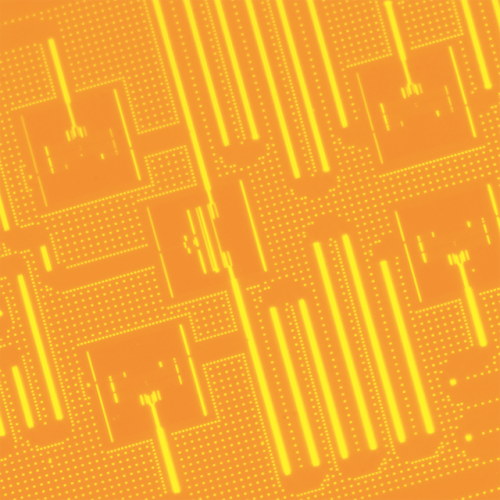

Quantum computers have arrived.
First there was the mainframe, then came the personal computer, now we’ve reached a new monumental landmark in the history of technology. For the first time ever, IBM aims to bring universal quantum computers out of the lab and into the commercial realm. Projected to sift through vast possibilities and data, to choose the perfect option or discover unseen patterns, quantum computing is poised to drive a new era of innovation across industries. This means that some of the world’s most complex problems now have a chance of being solved. And as the quantum eco-system grows, a seemingly impossible kind of physics could start to make the most incredible things possible.
Learn More →
cyanobacterium: i have made Oxygen
chemotrophs: you fucked up a perfectly good planet is what you did. look at it. it’s all rusty
Blind people gesture (and why that’s kind of a big deal)
People who are blind from birth will gesture when they speak. I always like pointing out this fact when I teach classes on gesture, because it gives us an an interesting perspective on how we learn and use gestures. Until now I’ve mostly cited a 1998 paper from Jana Iverson and Susan Goldin-Meadow that analysed the gestures and speech of young blind people. Not only do blind people gesture, but the frequency and types of gestures they use does not appear to differ greatly from how sighted people gesture. If people learn gesture without ever seeing a gesture (and, most likely, never being shown), then there must be something about learning a language that means you get gestures as a bonus.
Blind people will even gesture when talking to other blind people, and sighted people will gesture when speaking on the phone - so we know that people don’t only gesture when they speak to someone who can see their gestures.
Earlier this year a new paper came out that adds to this story. Şeyda Özçalışkan, Ché Lucero and Susan Goldin-Meadow looked at the gestures of blind speakers of Turkish and English, to see if the *way* they gestured was different to sighted speakers of those languages. Some of the sighted speakers were blindfolded and others left able to see their conversation partner.
Turkish and English were chosen, because it has already been established that speakers of those languages consistently gesture differently when talking about videos of items moving. English speakers will be more likely to show the manner (e.g. ‘rolling’ or bouncing’) and trajectory (e.g. ‘left to right’, ‘downwards’) together in one gesture, and Turkish speakers will show these features as two separate gestures. This reflects the fact that English ‘roll down’ is one verbal clause, while in Turkish the equivalent would be yuvarlanarak iniyor, which translates as two verbs ‘rolling descending’.
Since we know that blind people do gesture, Özçalışkan’s team wanted to figure out if they gestured like other speakers of their language. Did the blind Turkish speakers separate the manner and trajectory of their gestures like their verbs? Did English speakers combine them? Of course, the standard methodology of showing videos wouldn’t work with blind participants, so the researchers built three dimensional models of events for people to feel before they discussed them.
The results showed that blind Turkish speakers gesture like their sighted counterparts, and the same for English speakers. All Turkish speakers gestured significantly differently from all English speakers, regardless of sightedness. This means that these particular gestural patterns are something that’s deeply linked to the grammatical properties of a language, and not something that we learn from looking at other speakers.
References
Jana M. Iverson & Susan Goldin-Meadow. 1998. Why people gesture when they speak. Nature, 396(6708), 228-228.
Şeyda Özçalışkan, Ché Lucero and Susan Goldin-Meadow. 2016. Is Seeing Gesture Necessary to Gesture Like a Native Speaker? Psychological Science 27(5) 737–747.
Asli Ozyurek & Sotaro Kita. 1999. Expressing manner and path in English and Turkish: Differences in speech, gesture, and conceptualization. In Twenty-first Annual Conference of the Cognitive Science Society (pp. 507-512). Erlbaum.
-
 phosphateblues reblogged this · 2 weeks ago
phosphateblues reblogged this · 2 weeks ago -
 needingsleep reblogged this · 2 weeks ago
needingsleep reblogged this · 2 weeks ago -
 myownwaytobelieving liked this · 4 weeks ago
myownwaytobelieving liked this · 4 weeks ago -
 voidslipped reblogged this · 1 month ago
voidslipped reblogged this · 1 month ago -
 t0rtuga-marina reblogged this · 1 month ago
t0rtuga-marina reblogged this · 1 month ago -
 ulmban reblogged this · 1 month ago
ulmban reblogged this · 1 month ago -
 ulmban liked this · 1 month ago
ulmban liked this · 1 month ago -
 pitstopatmountdoom liked this · 1 month ago
pitstopatmountdoom liked this · 1 month ago -
 kissesthatmaketheheavensshake liked this · 1 month ago
kissesthatmaketheheavensshake liked this · 1 month ago -
 wayfarren liked this · 1 month ago
wayfarren liked this · 1 month ago -
 clarabeara2430 liked this · 1 month ago
clarabeara2430 liked this · 1 month ago -
 thatgaygemini reblogged this · 1 month ago
thatgaygemini reblogged this · 1 month ago -
 coolwingedwizard liked this · 1 month ago
coolwingedwizard liked this · 1 month ago -
 strawberrynot reblogged this · 1 month ago
strawberrynot reblogged this · 1 month ago -
 19hazelnuts liked this · 1 month ago
19hazelnuts liked this · 1 month ago -
 pancakenight reblogged this · 1 month ago
pancakenight reblogged this · 1 month ago -
 pancakenight liked this · 1 month ago
pancakenight liked this · 1 month ago -
 adrianna899 reblogged this · 1 month ago
adrianna899 reblogged this · 1 month ago -
 adrianna899 reblogged this · 1 month ago
adrianna899 reblogged this · 1 month ago -
 adrianna899 liked this · 1 month ago
adrianna899 liked this · 1 month ago -
 qwellterqustoinmark liked this · 1 month ago
qwellterqustoinmark liked this · 1 month ago -
 escapedcoyote liked this · 1 month ago
escapedcoyote liked this · 1 month ago -
 finklebean liked this · 1 month ago
finklebean liked this · 1 month ago -
 starwarsmum liked this · 1 month ago
starwarsmum liked this · 1 month ago -
 telapatoes liked this · 1 month ago
telapatoes liked this · 1 month ago -
 elocinluvien liked this · 1 month ago
elocinluvien liked this · 1 month ago -
 pleasantartisanhottea reblogged this · 1 month ago
pleasantartisanhottea reblogged this · 1 month ago -
 bruce-waynes-mascara liked this · 1 month ago
bruce-waynes-mascara liked this · 1 month ago -
 foundinpages reblogged this · 1 month ago
foundinpages reblogged this · 1 month ago -
 shamrockace reblogged this · 1 month ago
shamrockace reblogged this · 1 month ago -
 tinybrie reblogged this · 1 month ago
tinybrie reblogged this · 1 month ago -
 intercoursefluids reblogged this · 1 month ago
intercoursefluids reblogged this · 1 month ago -
 intercoursefluids liked this · 1 month ago
intercoursefluids liked this · 1 month ago -
 feral-ramblings-under-night liked this · 1 month ago
feral-ramblings-under-night liked this · 1 month ago -
 alanangels liked this · 1 month ago
alanangels liked this · 1 month ago -
 ayyyflueg reblogged this · 1 month ago
ayyyflueg reblogged this · 1 month ago -
 piruriez reblogged this · 1 month ago
piruriez reblogged this · 1 month ago -
 natmasthestinkylizardliker reblogged this · 1 month ago
natmasthestinkylizardliker reblogged this · 1 month ago -
 frogntoad78 liked this · 1 month ago
frogntoad78 liked this · 1 month ago -
 hall-of-fantasies reblogged this · 1 month ago
hall-of-fantasies reblogged this · 1 month ago -
 420blazblade reblogged this · 1 month ago
420blazblade reblogged this · 1 month ago -
 seanagain-offagain reblogged this · 1 month ago
seanagain-offagain reblogged this · 1 month ago -
 dinnermintthief reblogged this · 1 month ago
dinnermintthief reblogged this · 1 month ago -
 dadloquium reblogged this · 1 month ago
dadloquium reblogged this · 1 month ago -
 dadloquium liked this · 1 month ago
dadloquium liked this · 1 month ago -
 jacob-blogs reblogged this · 1 month ago
jacob-blogs reblogged this · 1 month ago -
 waddlestowaddles reblogged this · 1 month ago
waddlestowaddles reblogged this · 1 month ago -
 waddlestowaddles liked this · 1 month ago
waddlestowaddles liked this · 1 month ago



